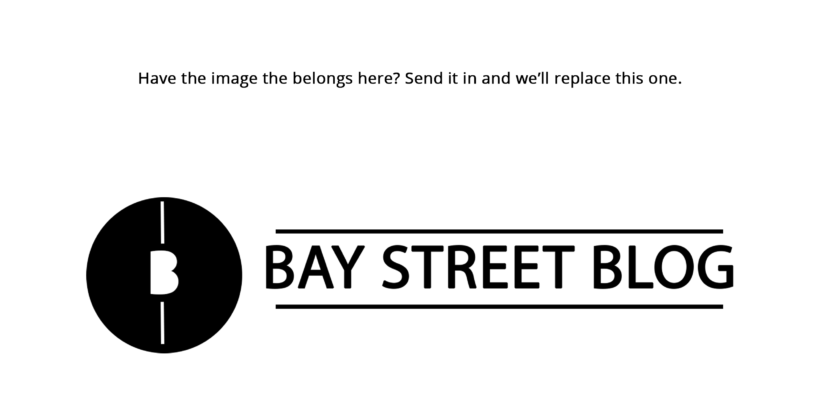Should 10s-2s Inversion be Yielding Worries of Recession?
Share

The yield curve often catalyzes ample debate towards the latter stages of the business cycle. Much of this discussion surrounds its shape, and the subsequent signal that it sends to market speculators regarding expectations of future economic activity. Given that the current 10s-2s spread is at approximately 25 BPS, risk of inversion is high; however, should this necessarily yield concerns that unsettling economic conditions are on the horizon?
The Yield Curve and its Mechanics:
A yield curve visually depicts the yields of bonds of similar risk but differing maturities. The most widely used yield curve for economic analysis reflects US Treasuries (T-Bills). Specifically, what is often scrutinized is its slope metric titled the 10s-2s spread, which shows the difference between the yields of 10 & 2-year maturity T-Bills.
The shape of this curve is often seen as a preceding indicator of future market sentiment. This is because long-term yields are a function of the expectations of a subject nation’s future macroeconomic condition. For instance, an upwards sloping yield curve indicates expectations of future economic expansion, indicated through longer termed bonds yielding a premium over those of shorter maturities. Anticipation that a rapidly expanding economy will be cooled down through a central bank raising rates triggers long-term bond demand to fall and yields to rise. This is because expectations of higher future rates act as a disincentive for investors to tie up their funds into long-term bonds, as parking funds in shorter-termed securities is more profitable due to a reinvestment rate that is projected to be higher. This in turn pushes the demand for short-term bonds up and causes their yield to fall, which taken together creates the aforementioned upwards slope.
The concern for many starts once the yield curve flattens and eventually inverses, and the mechanics behind why is clear. When investors believe that future market conditions will be turbulent, expectations of loose monetary policy often follow. Thus, they will increase investments within long-term bonds in order to lock in a higher rate rather than face the reinvestment risk that is synonymous with a central bank slashing rates as a method to pull an economy out of recession. Resultantly, the demand for long-term bonds pushes yields lower and short-term bond yields rise due to investors forgoing their purchase, causing a downwards sloping yield curve.
Is Inversion a Just Cause for Concern?
Currently, the spread is at its lowest level since the months leading up to 2008’s global recession (25 BPS), despite a robust economic backdrop. With good reason, the yield curve has had a reputation of being reliable in predicting recessions, with the 10s – 2s spread turning negative on average 18 months prior to the last five recessions. In 2018, however, would a spread approaching negative territory be a red flag given the fundamental economic changes since its prior occurrences?
Understanding the mechanics behind today’s economic reality is imperative to answering this. Since cutting rates to 0% to combat the turbulence of the last recession in 2008, the Fed has been following a gradual path of rate normalization and quantitative easing. The Fed funds rate has since risen to 2.0% all whilst their balance sheet has grown with over $2 trillion worth of treasuries purchases since 2009. This post-recession monetary policy has elicited a two-fold distortion of the shape of the yield curve, causing it to feature a flatter profile:
I. Rate Normalization: Normalization is responsible pushing up the shorter end of the curve. Consistent rate hikes have caused the 2-year yield to rise dramatically, up approximately 141 BPS YOY and approaching 2008 highs.
II. Quantitative Easing: The Fed’s buying of longer-termed treasuries is pushing down the longer end of the curve. The influx of demand for these securities has depressed these yields up to 100 BPS according to Brain Bonis, Senior Financial analyst at the Fed.
Thus, the upwards pressure on usual lower yielding short-term bonds and the downwards pressure on usual higher yielding long-term bonds combines to create a balancing act that has inherently caused a flatter curve in recent years.
The Near Team Forward Yield Spread; an Alternative?
Given the perhaps unintentional warping of its shape, investors should broaden their inventory of metrics when appraising future market conditions.
At the front of the pecking order is the Near Team Forward Yield Spread (NTFYS), which the Fed themselves calls a “less distorted mirror”. The spread reflects the difference between the current yield on 3-month T-bills (a proxy for the current Fed funds rate) and the current implied forward rate on 3-month T-bills 6 quarters from now. Hence, in layman’s terms it infers investor expectations of the Fed funds rate 1.5 years from now through finding the slope of the short end of the yield curve. A widening/inversion of the spread intuitively concludes future economic conditions to be stronger/weaker, through reflecting market expectations about forthcoming monetary policy stance. Additionally, the spread does well to not only rely on where an economy is within the monetary cycle but also involve the input of forward guidance from monetary authority.
This metric seems to nullify many of the externalities impacting the yield curve and particularly expectations of 10-year yields. Empirical evidence of this is showed through observing that the correlation between the yield curve and NTFYS prior to and after the 2008 recession has fallen from 0.72 to 0.32. This is visually shown below, as the recent fall in the 10s-2s spread (flattening of the yield curve) is met with the NTFYS moving sideways. Thus, the NTFYS does well to mitigate the aforementioned monetary policy biases that have caused flattening along the longer side of yield curve. This includes but is not limited to the aforesaid quantitative easing bias, as well as structural factors such as an aging demographic pushing down the neutral policy rate and milder inflation expectations.
Closing Thoughts:
Investors should avoid looking at the yield curve in isolation when forecasting future conditions. Rather such analysis should be complemented with further preceding indicators of economic health, such as the NTFYS. Regression analysis by the Fed does indeed show that recession probability models using the NTFYS rather than 10s-2s spread would have been more accurate in predicting the last two recessions by 22 and 25 percent respectively. Moreover, the same models show the current probability of a forthcoming recession to be at a mere 15%. Put simply, the yield curve’s predictive powers should not be undermined nor overlooked. Despite this, it is imperative to understand that the difference between past and present economic fundamentals does not necessarily call for the fire alarm to be pulled as the 10s -2s spread approaches zero this time around.
Sources:
Engstrom, Eric, and Steve Sharpe (2018). “(Don’t Fear) The Yield Curve,” FEDS Notes. Washington: Board of Governors of the Federal Reserve System, June 28, 2018, https://doi.org/10.17016/2380-7172.2212.
You may also be interested in: Tarrifying Trump: Tallying the Impacts of Tariffs to the USA
Writer: Matthew Leonelli
Disclaimer: All investing can potentially be risky. Investing or borrowing can lead into financial losses. All content on Bay Street Blog are solely for educational purposes. All other information are obtained from credible and authoritative references. Bay Street Blog is not responsible for any financial losses from the information provided. When investing or borrowing, always consult with an industry professional.







Bay Street Blog Newsletter
Click here to subscribe for a financial savvy experience.
Please check your email to confirm subscription!